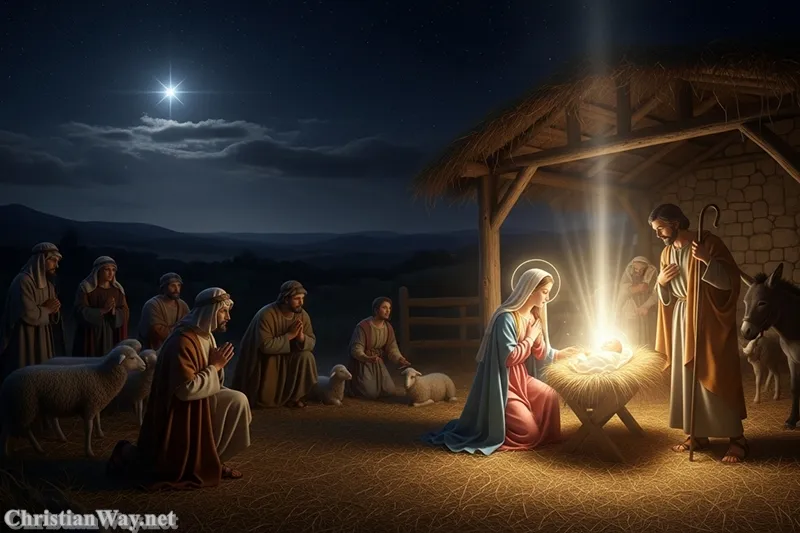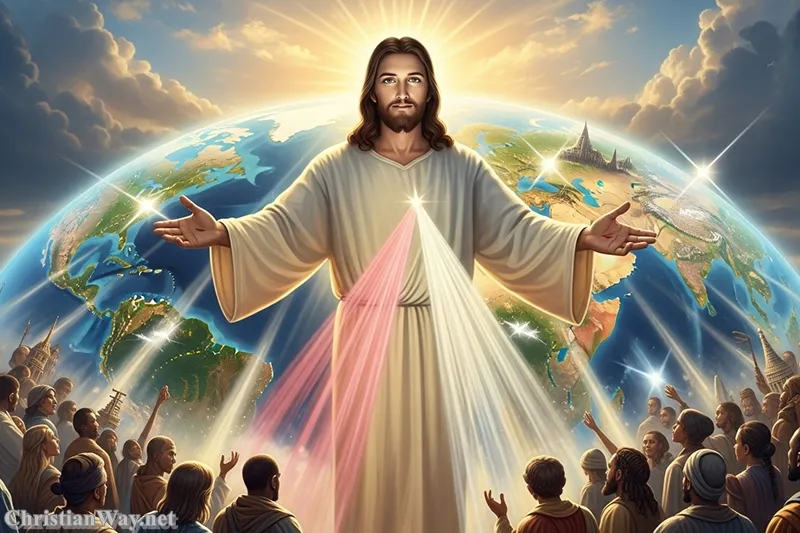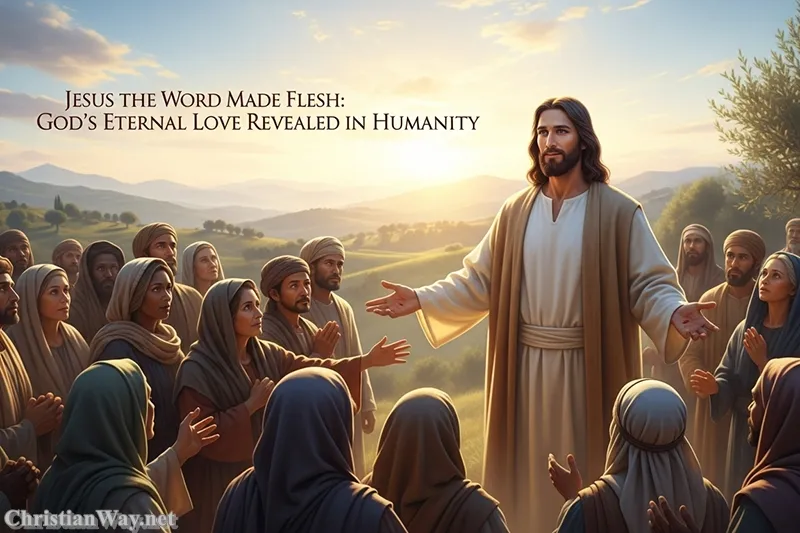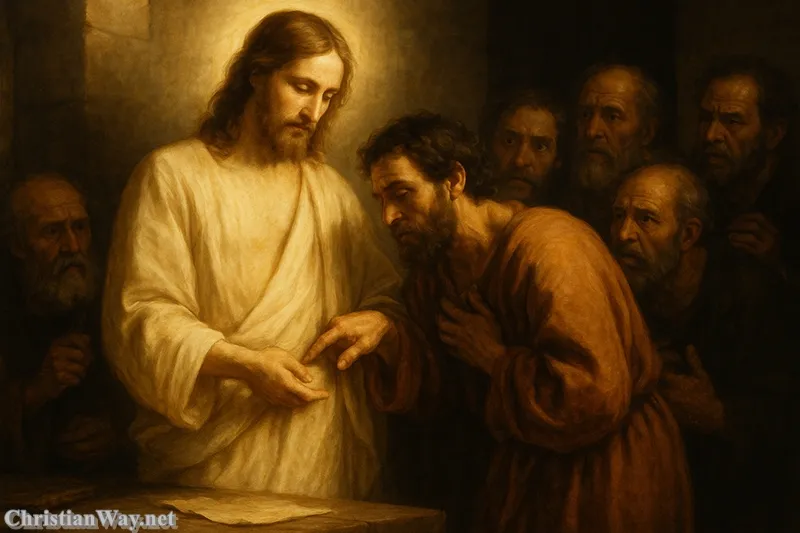Dear friends in Christ,
Every human heart, whether it knows it or not, is drawn toward the Cross. It stands at the very center of human history, at the meeting place of suffering and salvation, of sin and forgiveness, of death and life. The Crucifixion of Jesus Christ is not merely a tragic event in the distant past; it is the living mystery of divine love poured out for the redemption of the world. Beneath its shadow, the noise of human ambition falls silent, and what remains is the voice of love saying, “Father, forgive them, for they know not what they do” (Luke 23:34).
To gaze upon the Crucifixion is to see love in its purest form — self-giving, faithful, and utterly unafraid of the world’s cruelty. In that moment, heaven and earth met; justice and mercy kissed. And every soul that turns its eyes to the Cross begins to understand what it truly means to be loved by God.
The Cross: The Fulfillment of God’s Eternal Plan
From the beginning of creation, the Cross was already in the heart of God. When humanity first turned away from Him in the Garden, divine love began its long journey toward Calvary. The prophets spoke of it in whispers — Isaiah saw the Suffering Servant “pierced for our transgressions” and “crushed for our iniquities” (Isaiah 53:5). Every sacrifice in the Temple pointed to the one perfect Sacrifice that would reconcile heaven and earth.
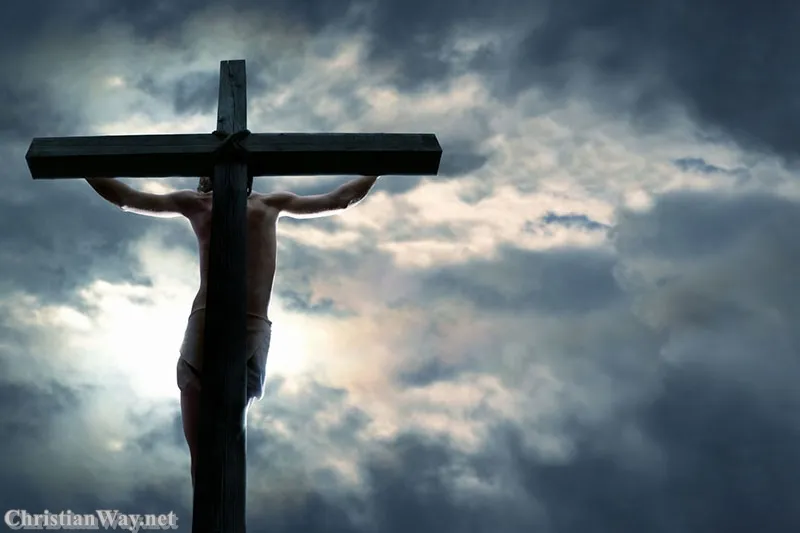
The Crucifixion was not a divine accident, but the culmination of a divine plan — the revelation that God’s answer to human sin would not be condemnation, but love. As St. Peter would later proclaim, “He was destined before the foundation of the world, but was made manifest at the end of the times for your sake” (1 Peter 1:20).
The Paradox of the Cross
The Crucifixion stands as the great paradox of faith. The world saw defeat; heaven saw victory. The soldiers mocked, thinking they had silenced a rebel. Yet on that hill outside Jerusalem, the true King was enthroned — not in gold or marble, but on wood and nails. The inscription “Jesus of Nazareth, King of the Jews” (John 19:19) was meant in mockery, but in divine truth it proclaimed the reality of His reign.
Through suffering, Christ revealed that power lies not in domination but in love. His arms, stretched wide upon the Cross, embraced the world that rejected Him. And from His pierced side flowed the water and blood — the symbols of the sacraments, the life of the Church, the birth of new creation.
The Human Response: Standing at the Foot of the Cross
In every generation, humanity is invited to stand where Mary and John once stood — at the foot of the Cross. There, love demands no defense, only devotion.
Mary’s Silent Witness
The Virgin Mary stood beneath the Cross, her heart pierced as Simeon had foretold. She did not run from suffering; she shared it. In her steadfast presence, the Church learns how to remain faithful even when all seems lost. She teaches us to believe in the dawn while standing in the night. Her silence at Calvary is not emptiness but deep communion — a mother’s participation in the saving love of her Son.
The Beloved Disciple and the New Family
John, the beloved disciple, heard the words that forever reshaped humanity: “Woman, behold your son… Behold your mother” (John 19:26–27). In that moment, the Church was born, not from strength or triumph, but from love and suffering. The Cross became the place of a new family — where every believer is united in Christ’s mercy, where every sinner becomes a child of God.
The Repentant Thief: Hope in the Last Hour
Even as Jesus hung dying, His mercy reached out to the thief beside Him. “Today you will be with me in paradise” (Luke 23:43). This encounter reminds us that it is never too late for grace, never too late for forgiveness. No sin is beyond the reach of the Crucified Lord. The thief had no time to make amends, no deeds to boast of — only a heart that turned toward mercy. And mercy answered.
The Meaning of the Crucifixion for the Christian Life
To believe in the Crucifixion is not simply to remember it, but to enter into its mystery. Every Christian life is shaped by the Cross — in our suffering, our love, and our hope.
The Cross and Human Suffering
In the light of the Crucifixion, human suffering is no longer meaningless. Christ has entered it, sanctified it, and transformed it from a curse into a path of redemption. When we suffer, we are not alone; the Crucified One walks with us. St. Paul reminds us, “If we suffer with Him, we shall also be glorified with Him” (Romans 8:17).
This does not make pain easy to bear, but it fills it with purpose. Every cross we carry — whether physical, emotional, or spiritual — can become an altar of love when united with Christ’s own.
The Cross as a Call to Love
The Crucifixion calls us not to pity, but to imitation. “Take up your cross and follow Me” (Matthew 16:24) is not a command to seek pain, but to live love. To take up the cross means to choose mercy over resentment, humility over pride, faithfulness over comfort. It is to say, “Not my will, but Yours be done” (Luke 22:42) — even when that will leads through the shadows of Gethsemane.
The Cross reveals that love is not a feeling but a decision — a daily dying to self so that Christ may live in us.
The Cross as the Triumph of Forgiveness
On Calvary, Jesus prayed for His enemies, forgave His betrayers, and loved those who crucified Him. Such forgiveness is divine — beyond human strength, yet offered to every heart that abides in Him. When we forgive, even through tears, we share in His victory. The Cross shows that evil is not defeated by more evil, but by mercy.
The Cosmic Meaning of the Crucifixion
The Crucifixion is not only a moment in human history; it is a mystery written into the very fabric of creation. The early Fathers of the Church saw the Cross as the axis of the universe — the tree of life planted anew in the soil of a fallen world.
The Cross as the Center of Time
Before the Cross, all history was a longing; after it, all history is redemption. Every prophecy, every promise, every human hope finds its meaning in those hours when heaven was opened through the wounds of Christ. Time itself bent around the Cross — it is the still point where eternity touched the world.
The Cross as the Throne of Glory
When Jesus said, “And I, when I am lifted up from the earth, will draw all people to Myself” (John 12:32), He revealed that the Cross is His throne. From this place of apparent defeat, He reigns with power stronger than death. The glory of God is not found in brilliance alone, but in love that suffers for the beloved.
The Crucifixion and the Church Today
The Cross is not a relic; it is the living center of Christian faith. In every Eucharist, the sacrifice of Calvary becomes present again — not repeated, but re-presented, as the Church enters into the eternal mystery of Christ’s offering.
Every crucifix that hangs in our churches and homes is more than an ornament; it is a proclamation: “Christ has died. Christ is risen. Christ will come again.” To remove the Cross from Christianity is to empty it of its heart. Without the Crucifixion, there is no Resurrection; without the sacrifice, there is no salvation.
The world often seeks a faith without the Cross — a comfortable spirituality without cost. But Christ calls us to follow Him not around Calvary, but through it. Only there do we find the joy that no sorrow can destroy.
The Crucifixion and the Love of God
If you ever doubt the love of God, look at the Cross. There, love is not explained but shown. St. Paul writes, “God proves His love for us in that while we were still sinners Christ died for us” (Romans 5:8).
The Crucifixion is the eternal “I love you” of God to His creation. It speaks to every soul that feels unworthy, forgotten, or beyond hope. On the Cross, Christ took upon Himself the full weight of human sin — not because we deserved it, but because love cannot remain indifferent.
The nails did not hold Him there; love did.
Living in the Light of the Cross
To live under the Cross is to live in freedom. It is to know that no failure, no sin, no wound is too deep for the mercy of God. It is to believe that every Good Friday carries within it the promise of Easter morning.
The Crucifixion teaches us to see life through the eyes of love — to forgive as we have been forgiven, to give as we have been given, to love even when it hurts. The Cross is not the end of hope, but its beginning.
When we trace the sign of the Cross upon ourselves, we proclaim our belonging to this love. We mark our bodies with the symbol of our salvation, our hearts with the memory of divine mercy.
Reflect and Pray
The Crucifixion is not a story we move past; it is the place we return to again and again, until our hearts learn to rest in the love it reveals. Each time we kneel before the crucifix, we meet the same Jesus who once hung there — alive, merciful, victorious.
Let us pray:
Lord Jesus Christ, crucified for our salvation,
draw our hearts to Your Cross.
Teach us to see in Your wounds the healing of our sins,
in Your suffering the measure of Your love,
and in Your death the promise of eternal life.May we carry our crosses with faith,
forgive as You forgave,
and love until love is all that remains.Amen.
— Fr. John Matthew, for Christian Way
